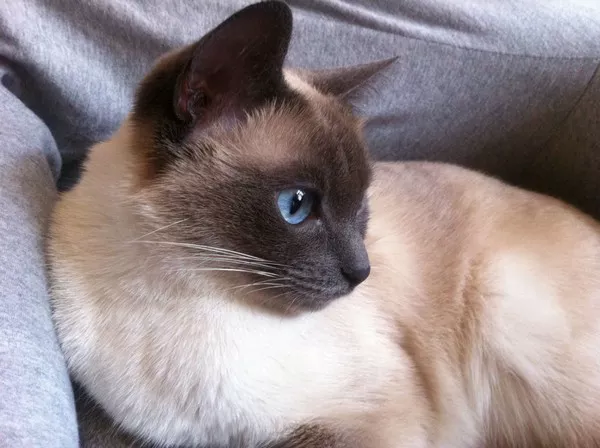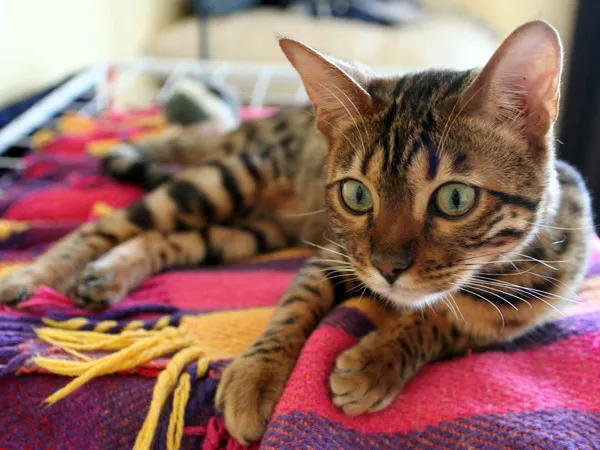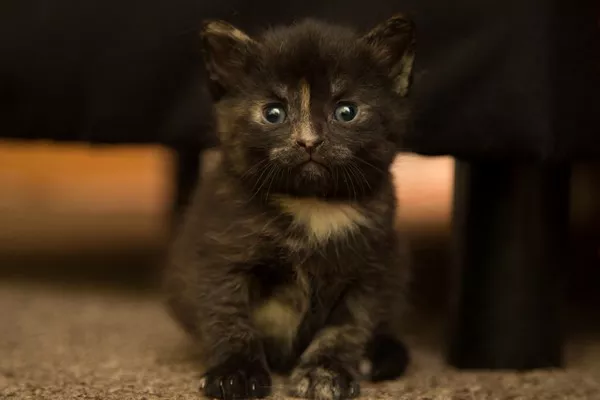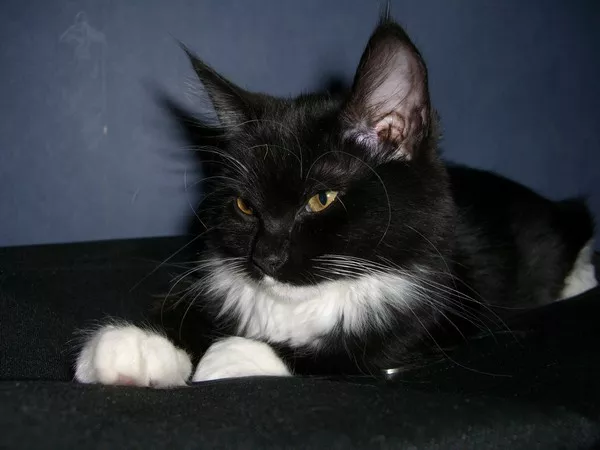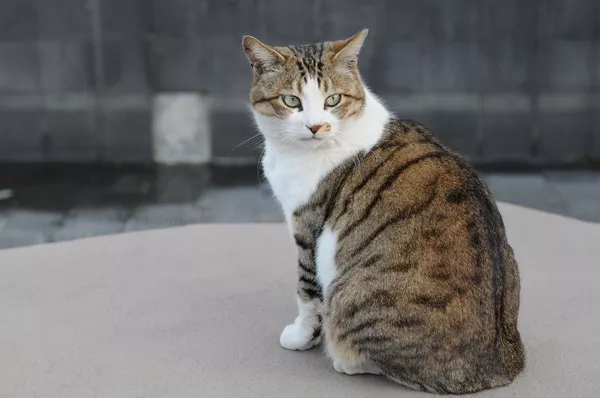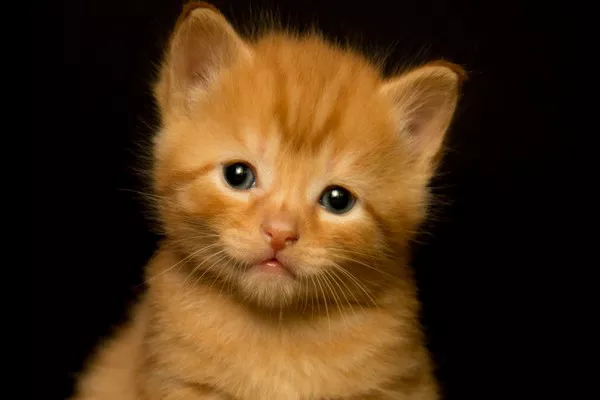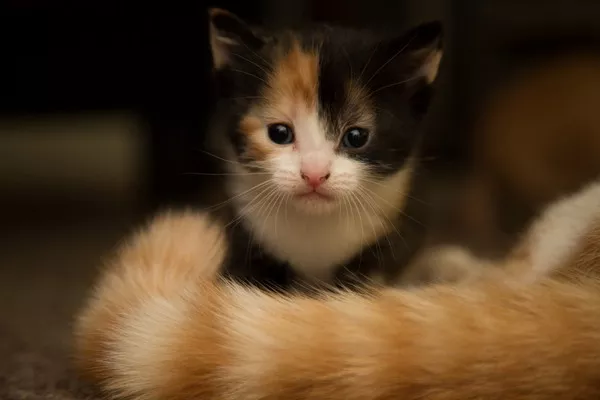The Siamese Cat Song is a popular tune from the 1955 Disney film “Lady and the Tramp.” The song features two Siamese cats singing in a stereotypical Asian accent, accompanied by exaggerated facial expressions and gestures. While the song was once considered harmless entertainment, it is now widely regarded as racist due to its depiction of Asian culture.
Stereotyping Asian Culture
The Siamese Cat Song perpetuates harmful stereotypes about Asian culture. The cats are portrayed with slanted eyes, yellow-tinted fur, and buck teeth. Their exaggerated accents and mannerisms further emphasize their foreignness and otherness. This caricature reinforces the idea that all Asians look and act the same, reducing a diverse group of people to a single, inaccurate stereotype.
Racist Lyrics
The lyrics of the Siamese Cat Song contain several racist themes. In the first verse, the cats sing, “We are Siamese if you please / We are Siamese if you don’t please.” This line plays on the common stereotype of Asian people being polite and deferential, regardless of their true feelings. The cats also refer to themselves as “sly” and “sneaky,” further perpetuating the idea that Asians are untrustworthy or deceptive.
In the second verse, the cats sing, “Do you see that thing swimming ’round and ’round? / Yes, maybe we could reaching in and make it drown.” This verse reinforces the stereotype of Asians as cruel and barbaric, willing to harm animals for their own amusement. It also implies a lack of understanding or respect for nature, painting Asians as disconnected from the natural world.
Impact on Asian Americans
The Siamese Cat Song may seem like harmless entertainment to some, but for many Asian Americans, it has a lasting impact. Growing up, many Asian Americans were subjected to taunts and harassment based on the stereotypes perpetuated by media like the Siamese Cat Song. This harassment can lead to feelings of shame and self-hatred, perpetuating harmful cycles of internalized racism.
In addition, the normalization of racist stereotypes in media like the Siamese Cat Song can lead to real-world consequences, such as discrimination and violence against Asian Americans. In recent years, there has been a surge in hate crimes targeting Asian Americans, fueled in part by racist rhetoric and stereotypes.
Moving Forward
The Siamese Cat Song is just one example of the harmful impact that media can have on marginalized communities. It is important for creators and consumers alike to be mindful of the messages they are sending and receiving. By actively working to dismantle harmful stereotypes and elevate diverse voices, we can create a more inclusive and equitable society.
For Disney, this means acknowledging the harm caused by the Siamese Cat Song and taking steps to address it. While the company has taken some steps to update and remove problematic content from its archives, more needs to be done. Disney should apologize for the racist themes present in the Siamese Cat Song and commit to creating more diverse and inclusive content moving forward.
Conclusion
The Siamese Cat Song is a prime example of how seemingly harmless entertainment can perpetuate harmful stereotypes and impact marginalized communities. By recognizing and dismantling these stereotypes, we can create a more equitable and inclusive society. Disney, in particular, has a responsibility to take action in response to the harm caused by the Siamese Cat Song, and to work towards creating a more diverse and inclusive media landscape for all.

